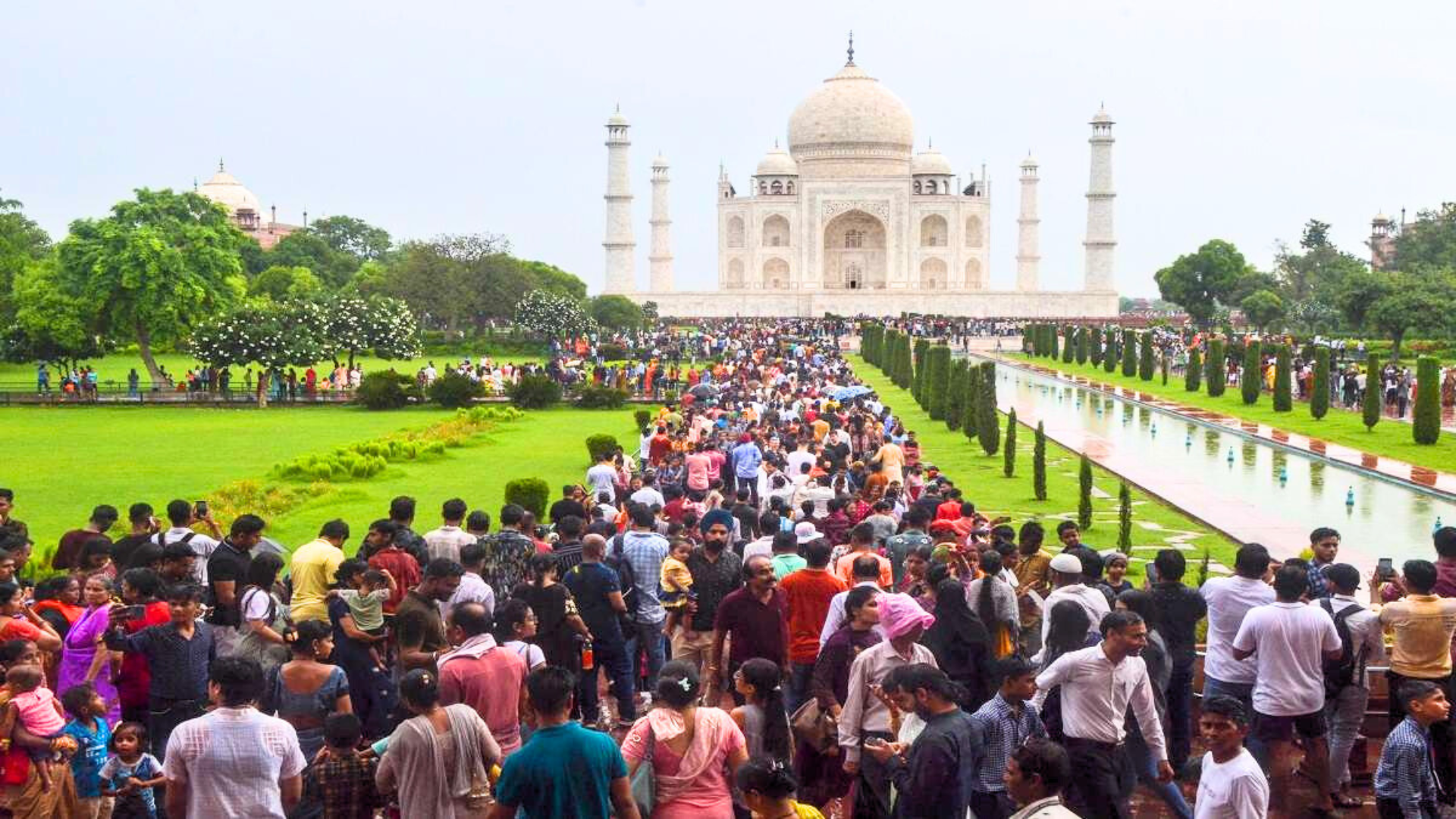On the occasion of World Environment Day, we get a perfect opportunity to learn about the environment and ways to safeguard it. Individuals can contribute, whether it’s through getting involved in a community clean-up, planting trees, or simply taking the initiative to spread the information. We can discover the wonders of the globe while reducing our environmental footprint if we opt to travel sustainably. Adopting sustainable travel habits might help protect the delicate ecosystem.
In recent years, travelling has escalated so significantly that it has begun to cause overtourism and ruin picturesque places. Overtourism is the term used to describe an exponential spike of tourists to a certain location. Something very similar is happening in the hotspots of India, such as Ooty, Manali, Sikkim, and many other famous travel destinations. Here’s a list of the top 5 popular destinations in India which have now been ruined by overtourism:
Manali
Manali is a renowned tourist location that draws a sizable number of visitors year-round. During the busiest travel season, the city’s infrastructure including accommodation and services might not be equipped to cope with a sudden spike in population, which might result in overcrowding.
Overtourism has an adverse effect on the environment by increasing the consumption of water, air pollution, littering, and trash in destinations that are popular with tourists. Data from the tourism department showed that 1.60 crore tourists, including 62,806 foreigners, visited the state in 2023.

Sikkim
Sikkim is another example of the close relationship between tourism and the environment. Sikkim has become the target of over-tourism even though the majority of the northeastern regions of India are unvisited by travelers.
But because of the reels and videos on social media, a lot of information about certain hotspots, such as the transport expenses, well-known cafes, and homestays, is readily available online. This makes it very simple for people to just go there, which leads to crowding at just one or two locations throughout Sikkim. The most visited spot that leaves it overcrowded is Nathula Pass and Tsomgo Chho Lake is another spot that is gradually becoming unbearable.

Goa
Undoubtedly, Goa’s magnificent and picturesque beaches, sun, and sand, together with the architectural magnificence of its churches, and old Portuguese homes, have made it a popular tourist destination. The image of Goa that exists today is a wonderful marvel of the globalization process. However, this birthplace of multiculturalism and beach aesthetics is not immune to the negative impacts that people generally bring with them wherever they go.
The state’s booming tourism economy has had several negative repercussions, including the commercialization of tradition, the destruction of historical sites, etc. In addition, the state has witnessed the emergence of substance abuse, human trafficking, and alcoholism, among other things.

Agra
The ever-increasing number of people visiting Agra is the main issue. Large-scale deforestation has taken place as a result of an increasing number of visitors to construct hotels and guest houses. The Taj Mahal has proven to be one of the biggest reasons for overtourism. On days, the number of visitors surpasses 50,000, ultimately leading to a surge in air pollution.

Ooty
In Ooty, there are more than 30 lakh tourists per year, as per official records. As Ooty begins to fill up, large traffic jams are becoming the norm. Crowds and heavy traffic are becoming impossible for the authorities to manage. People remain in congestion for hours at one point. Meanwhile, the harsh summer usually dried up the water supplies. The scarcity of water has gotten so bad that the dam beds are now visible. India has no dearth of stunning spots but they are being negatively affected by overtourism and one of the biggest reasons could be the presence of social media.

















